 Using a Cryptocurrency Wallet
Using a Cryptocurrency Wallet
Cryptocurrency is all over the news and the Internet, especially since a few early adopters struck gold with Bitcoin. Everyone is wondering how it works and whether they should think about adding cryptocurrency to their financial strategy. It is a little more complicated than your typical financial transaction, and it involves the use of a tool known as a cryptocurrency wallet. This guide will help you get started using a crypto wallet so you can conduct cryptocurrency transactions.
Cryptocurrency wallets are methods of storing private and public keys used in cryptocurrency exchanges, as well as connecting the user to blockchain. Using the wallet, you can send and receive cryptocurrency like Bitcoin and track your exchanges.
How It Works
When you think of a wallet, you think of the cash stored in a person’s purse or pocket. Crptocurrency wallets don’t work that way. None of your money is actually stored within the wallet. Even the cryptocurrency itself isn’t a tangible thing. What it does contain is all of the information you need regarding your cryptocurrency transactions.
The software of cryptocurrency wallets allows you to store your public and private keys (numbers used to link transactions), check on your currency balances, send currency and receive currency. Basically, people are trading cryptocurrency using the wallet’s connection to blockchain. The keys you store within the wallet are the identifying numbers used to match cryptocurrency to your wallet. If someone sends you currency, the key used must match your wallet’s key for it to appear.
Types of Cryptocurrency Wallets
 You have several options when it comes to cryptocurrency wallets. Which works best for your needs will depend a lot on your lifestyle and security preferences. Do you want access while you’re on the go or do you feel safer keeping your cryptowallet at home on your desktop? The primary options you have are software, hardware and paper.
You have several options when it comes to cryptocurrency wallets. Which works best for your needs will depend a lot on your lifestyle and security preferences. Do you want access while you’re on the go or do you feel safer keeping your cryptowallet at home on your desktop? The primary options you have are software, hardware and paper.
Software wallets: Software wallets are installed on your desktop, laptop, mobile device or online. You can only access a “desktop” wallet via the PC or laptop on which you downloaded it. This is best if you have a highly secure machine. Online wallets are stored on the cloud, which allows you to access them anywhere. However, they’re only as secure as the third party running them. Mobile wallets are handy if you want to use them on the go. However, they are only as secure as your mobile device and passwords.
Hardware wallets: Hardware wallets are stored on hardware. This allows you to store all of your information offline, and you can plug in your hardware to any compatible device. Stealing your cryptocurrency becomes harder for anyone who can’t physically get hold of the hardware storing your wallet.
Cold Storage: Cold storage wallets are like hardware wallets such as Ledger, but according to BestCryptos they are offline and using include security.
Paper wallets: Paper wallets can be one of two things. The term can refer to an actual paper copy of public and private keys. It can also refer to software that generates keys for printing. They offer more security than wallets stored online.
Security
While cryptocurrency isn’t real currency, it still has monetary value. Therefore, people will try to steal it. The security of your wallet is important, which is why you have to choose the right type of cryptocurrency wallet for your needs. You get more security from an offline wallet than you do from an online wallet. Hackers can exploit vulnerabilities in online storage to access cryptocurrency. Without getting their hands on a physical copy of an offline wallet, they can’t hack into it.
You also have the option of storing some cryptocurrency online and some offline. Store the bulk of your currency in a very secure setting offline. Store a smaller amount, such as the amount you would use for online shopping, online. Make sure you backup your offline wallet like any other important financial information, as viruses and computer failures can damage the information. Also remember that software updates often fix vulnerabilities, so keep your software, both for your device and for the wallet, up to date.
You don’t have to rely solely on the security of the wallet you are using to secure your cryptocurrency. Using multisignature wallets and two-factor authentication adds extra layers of security to your storage. You should also use long, complex passwords that are easy for you to remember. Try using a nonsense sentence, complete with punctuation, spaces and at least one numeral.
Storing Multiple Cryptocurrency Types
You’re more likely to be storing Bitcoin than any other cryptocurrency. However, you may prefer to spread your transactions out across multiple currencies. You can find wallets that support multiple cryptocurrencies, so that you don’t have to have one for each type you trade.
Transaction Fees
Transaction fees are usually part of trading cryptocurrencies. However, you get to choose how much you are willing to pay. You may even pay nothing at all. Just remember that the lower your transaction fee, the longer it may take for it to complete. If you need your bitcoin right away, you may have to set your fee higher. If you can wait longer, set it lower and save small amount of money. Cryptocurrency transaction fees are quite low compared to bank fees.
Anonymity
One of the things that often comes up when discussing cryptocurrency is identity protection. There is a rumor that wallets are completely anonymous, protecting criminals and leaving no trail back to the owner of the currency. That’s not quite true. Your wallet doesn’t necessarily have your identity linked to it, but your transactions are all public record. Savvy individuals can trace your wallet and transactions back to you. If you’re interested in complete anonymity, look into the DarkWallet project. It’s focus is finding methods to make it harder to track bitcoin transactions back to their originators.
May 11, 2018
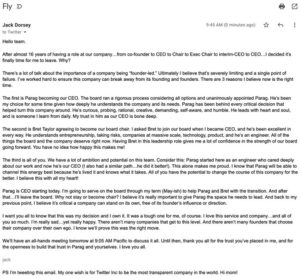 Using GitHub as their medium, payments titan Square recently published a white paper about a new decentralized tool for trading assets. Now referred to as tbDEX, the platform will use verifiable credentials and decentralized identity to establish trust. In the white paper, one of the team’s developers asserts that the project’s goal is to encourage an environment in which regular people reap the rewards of cryptocurrencies.
Using GitHub as their medium, payments titan Square recently published a white paper about a new decentralized tool for trading assets. Now referred to as tbDEX, the platform will use verifiable credentials and decentralized identity to establish trust. In the white paper, one of the team’s developers asserts that the project’s goal is to encourage an environment in which regular people reap the rewards of cryptocurrencies.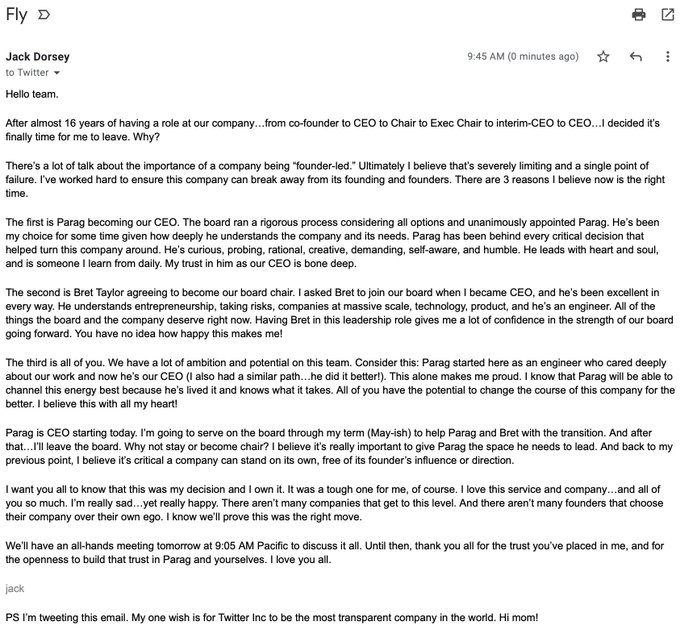
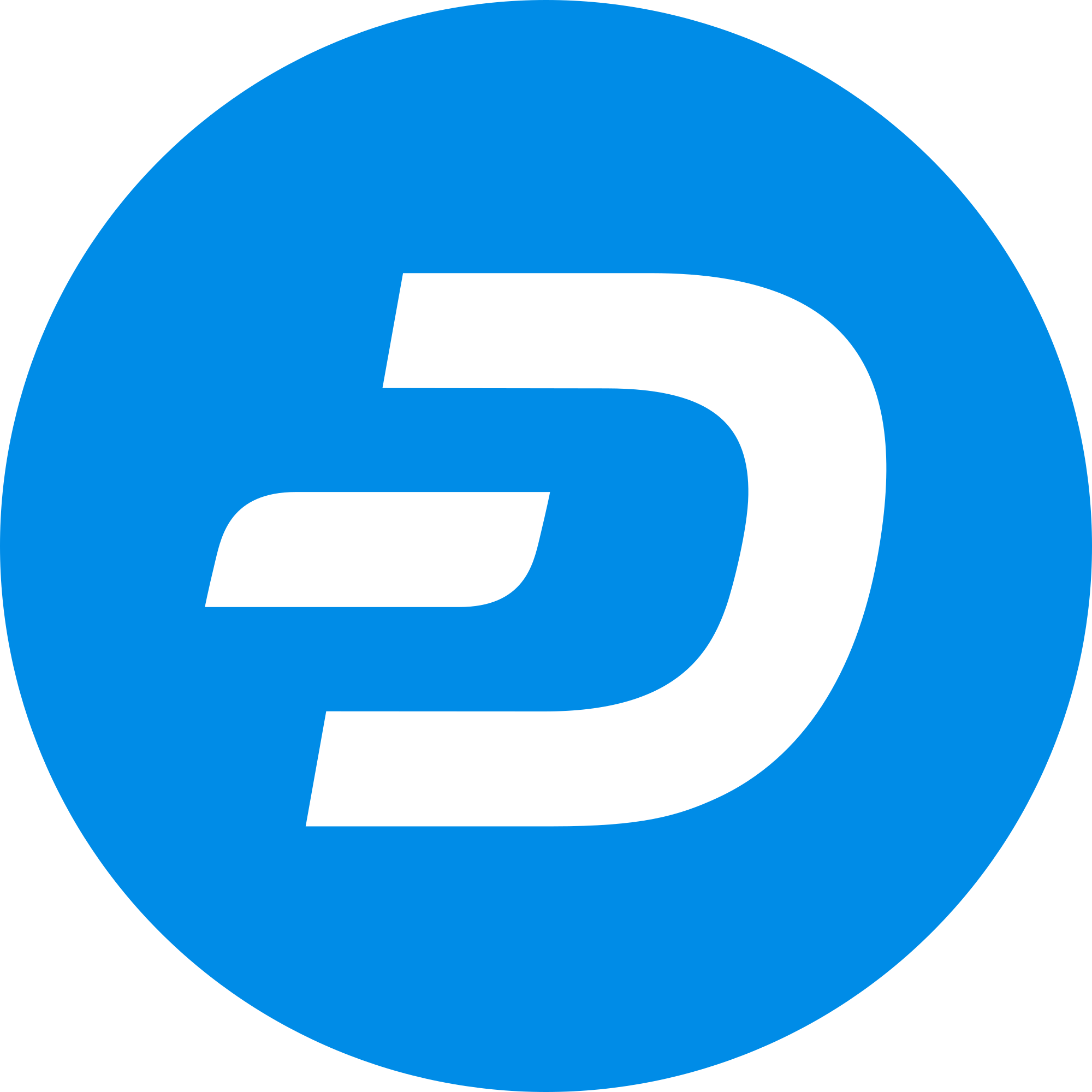






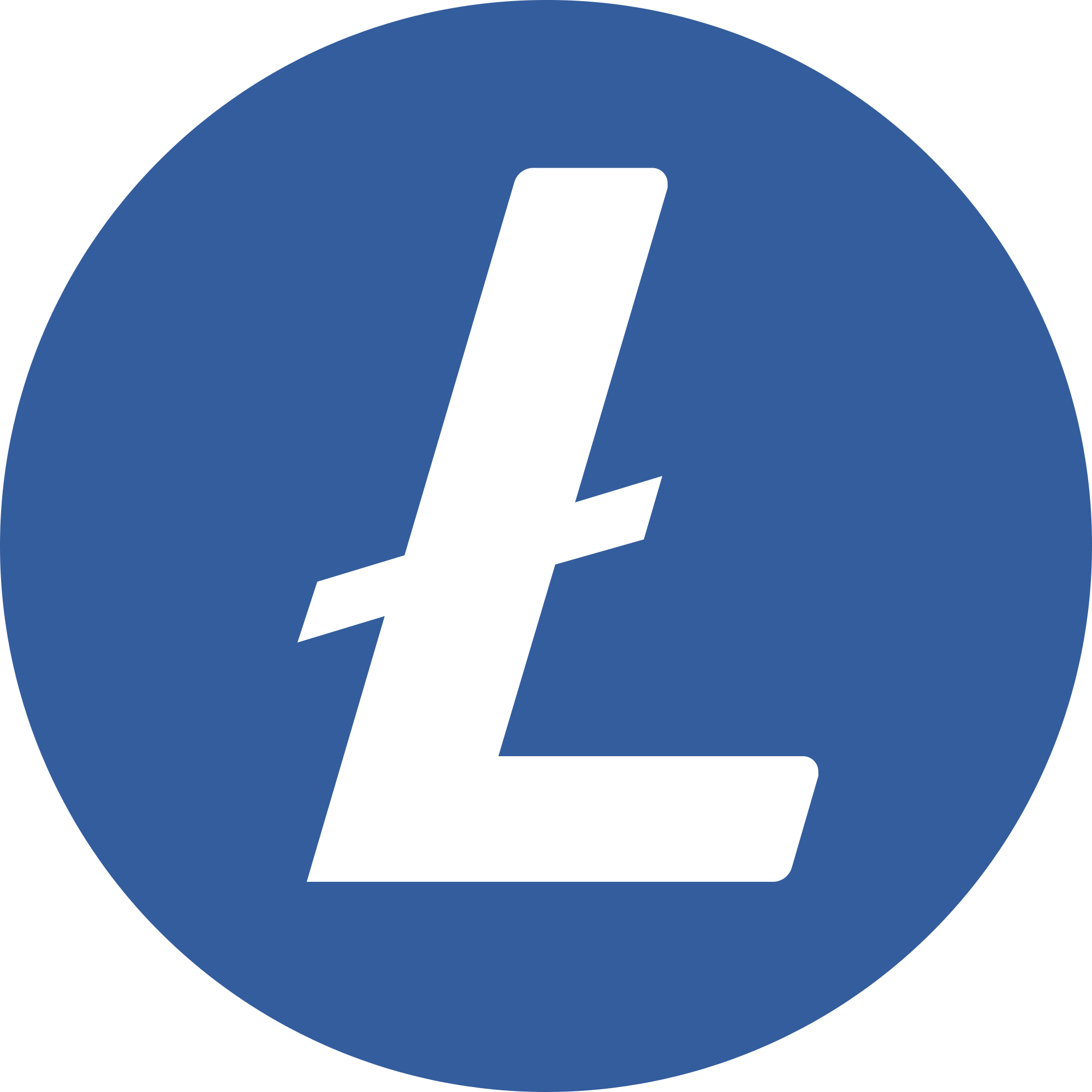
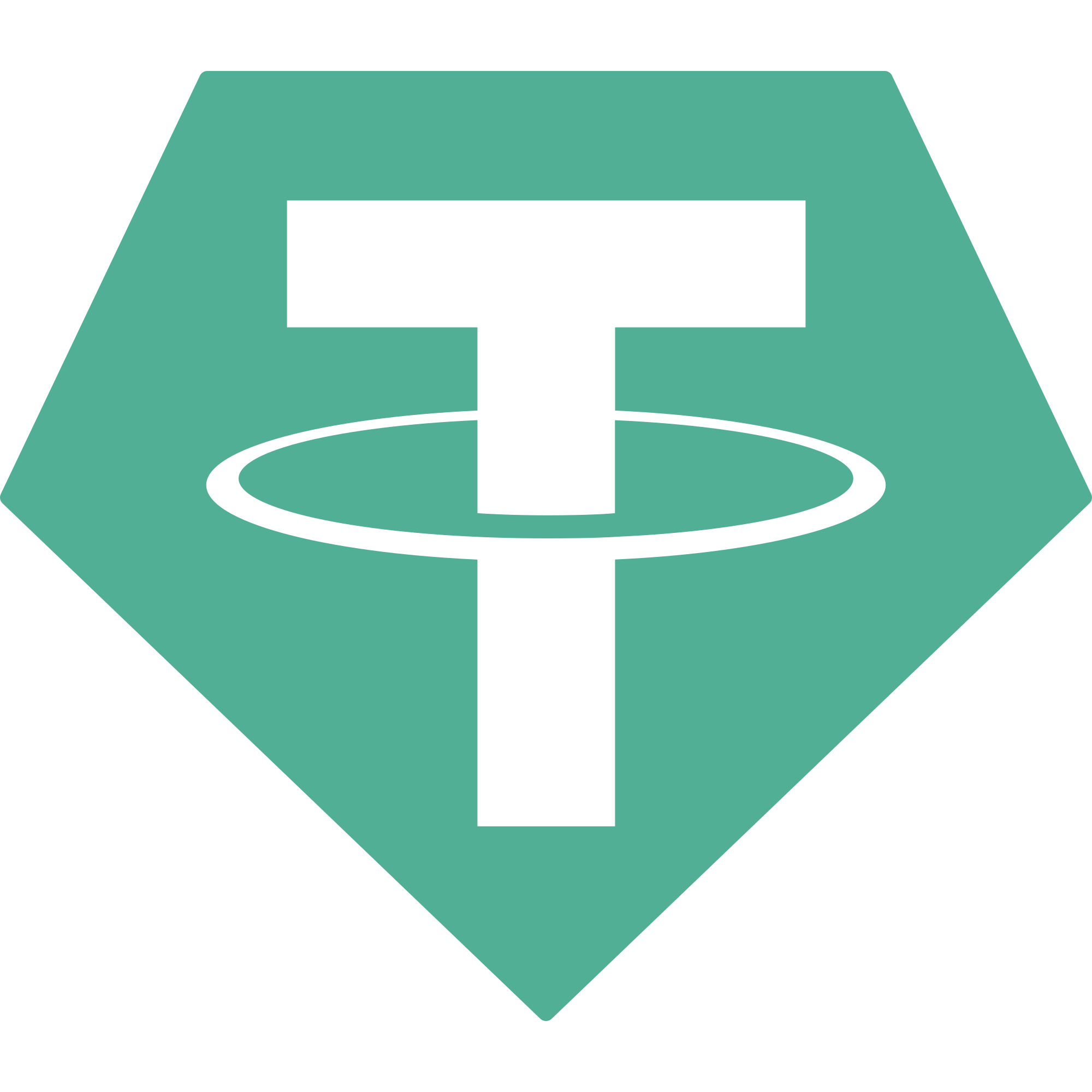



















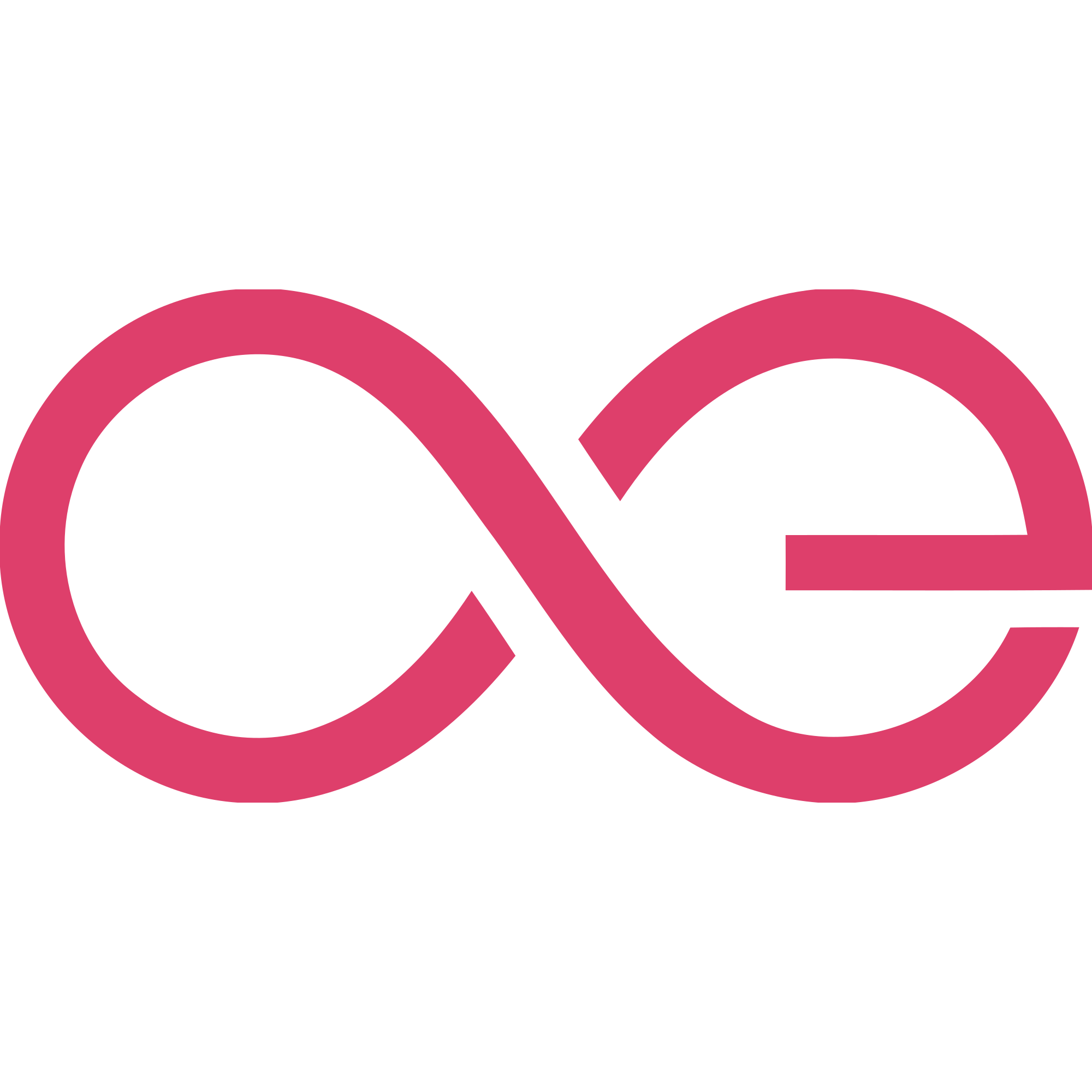







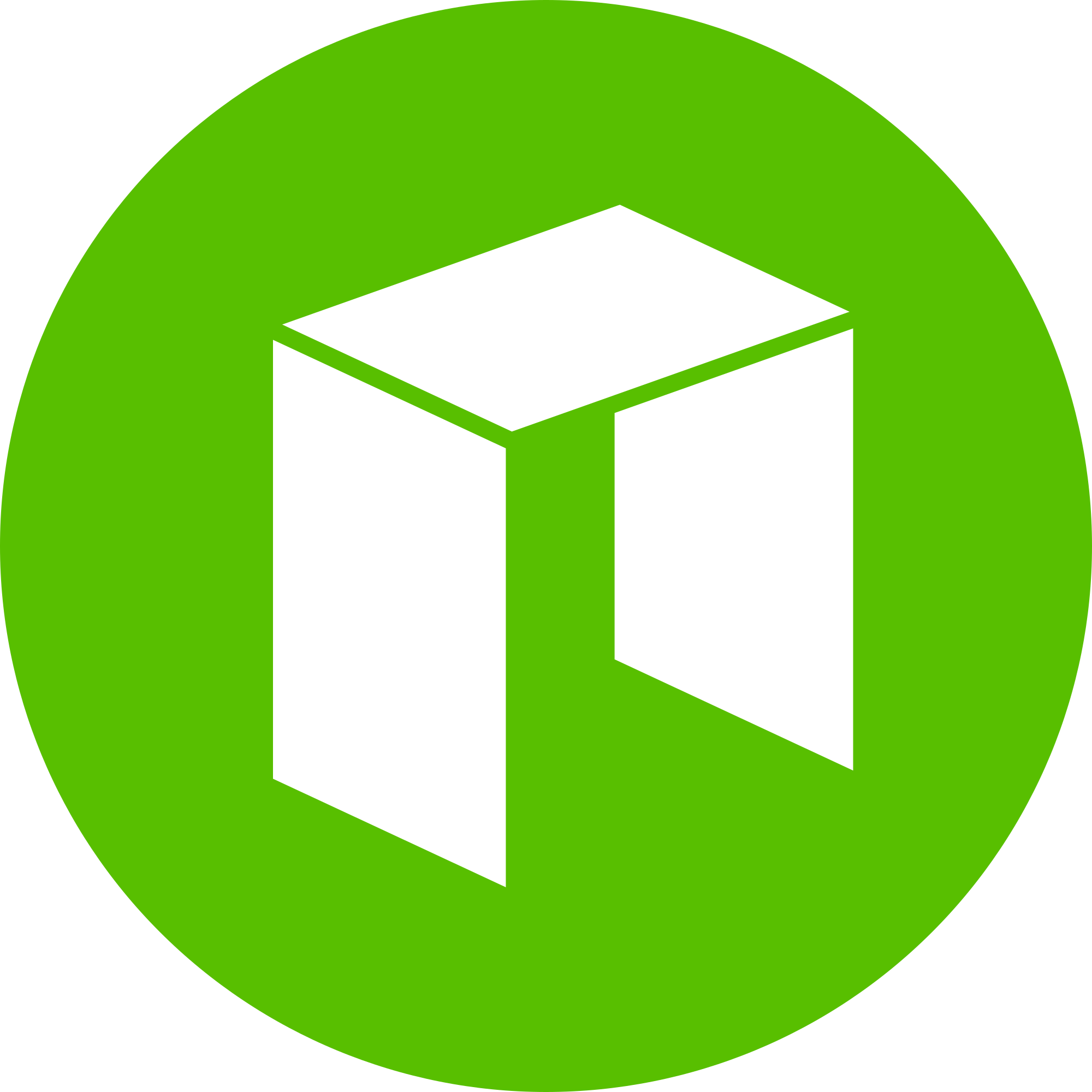
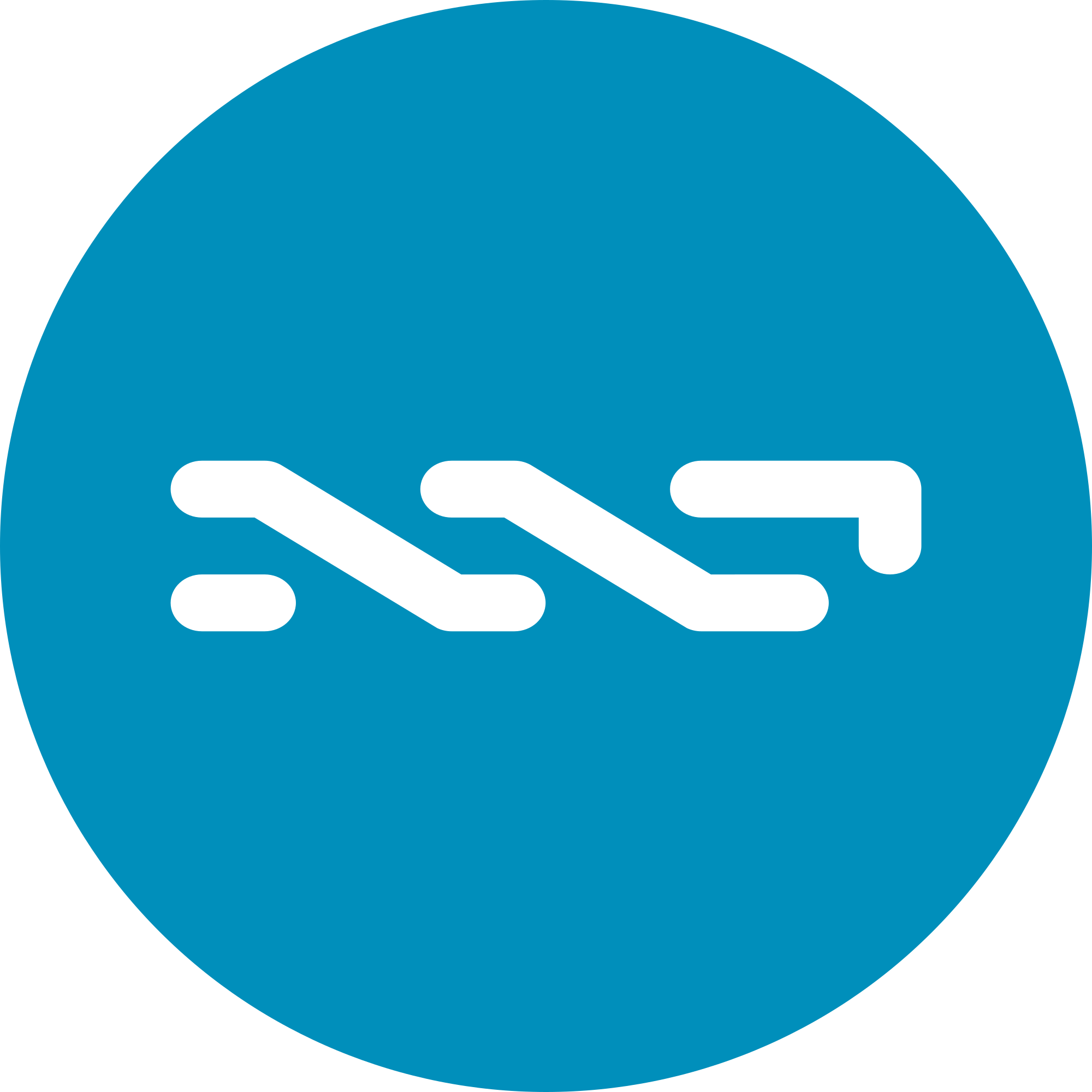






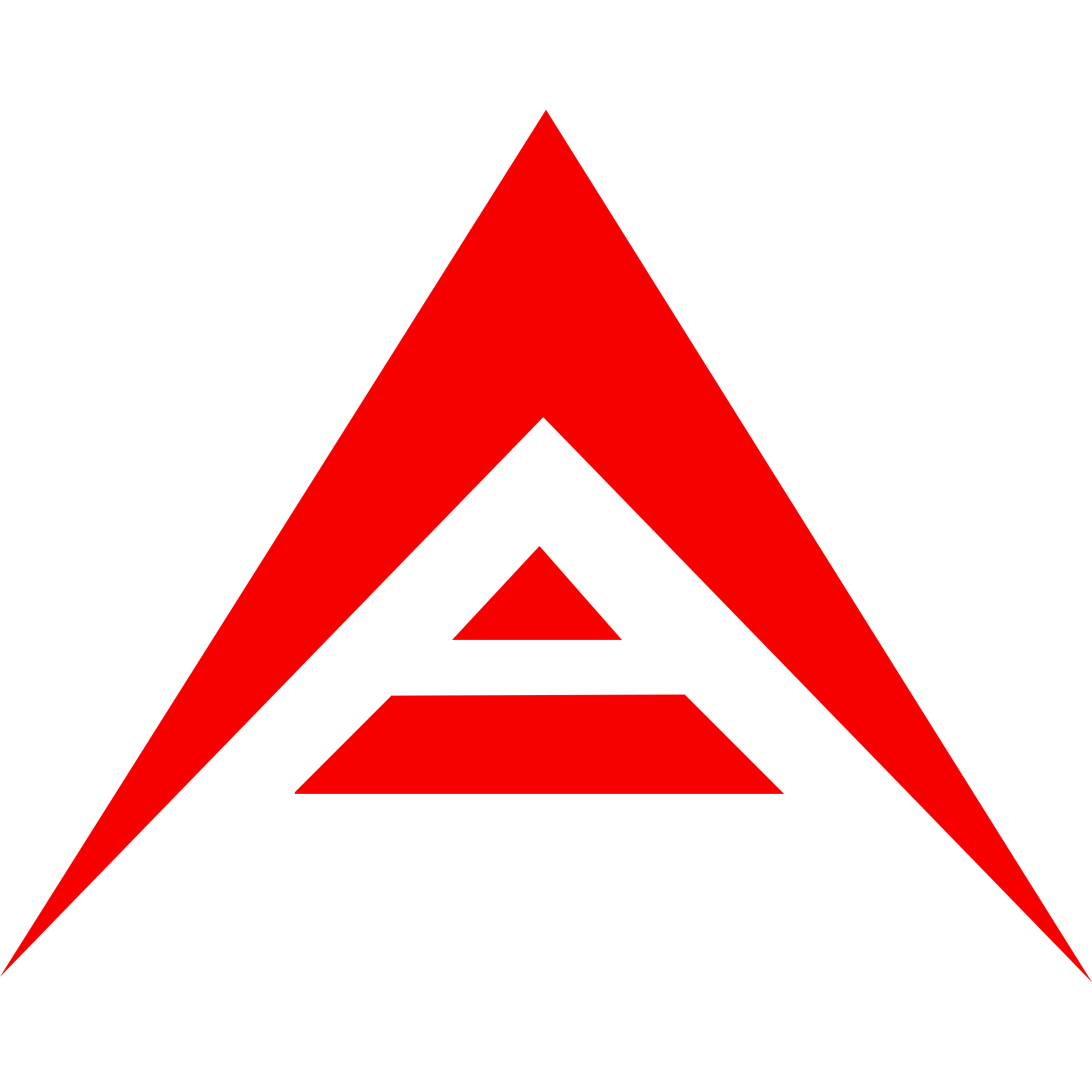



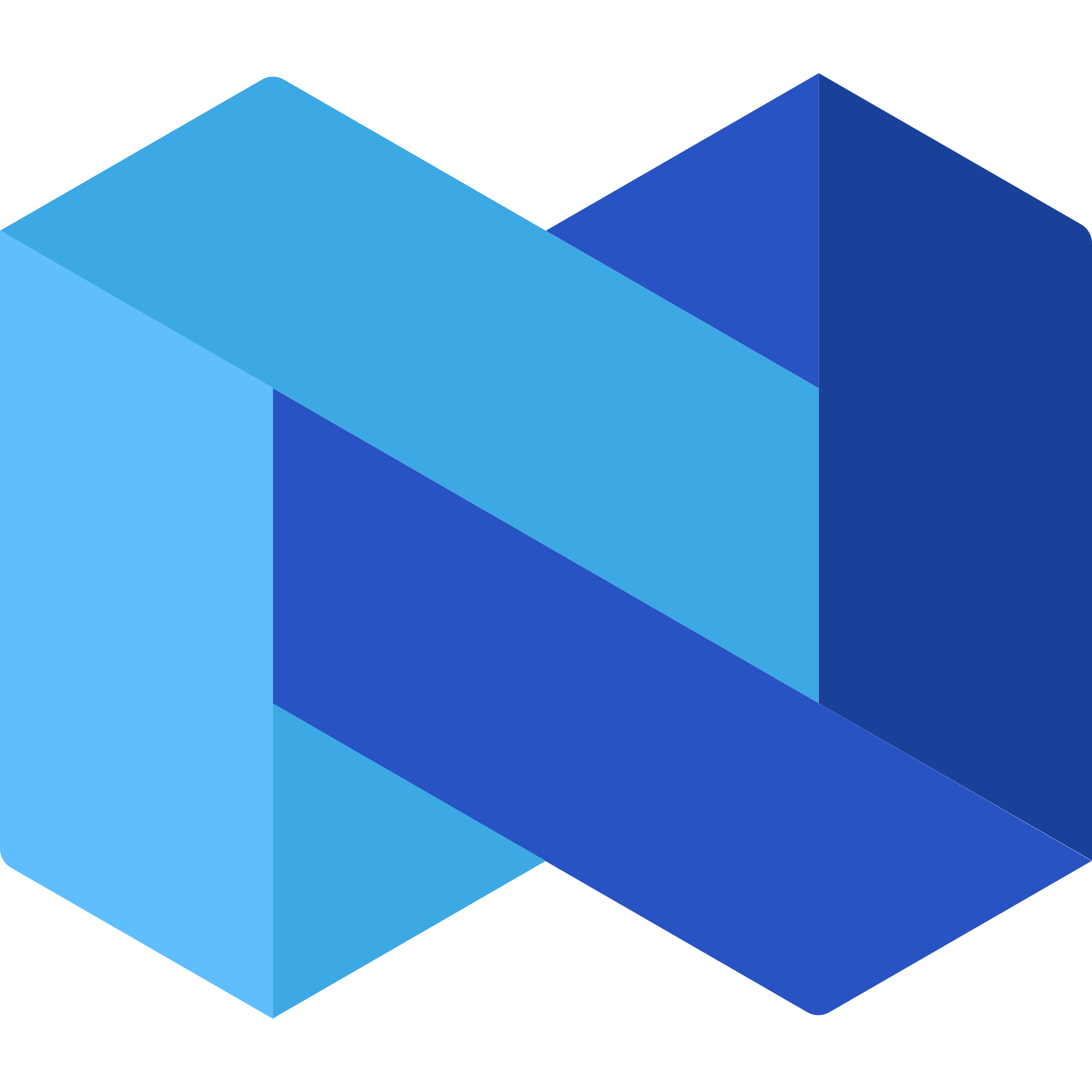



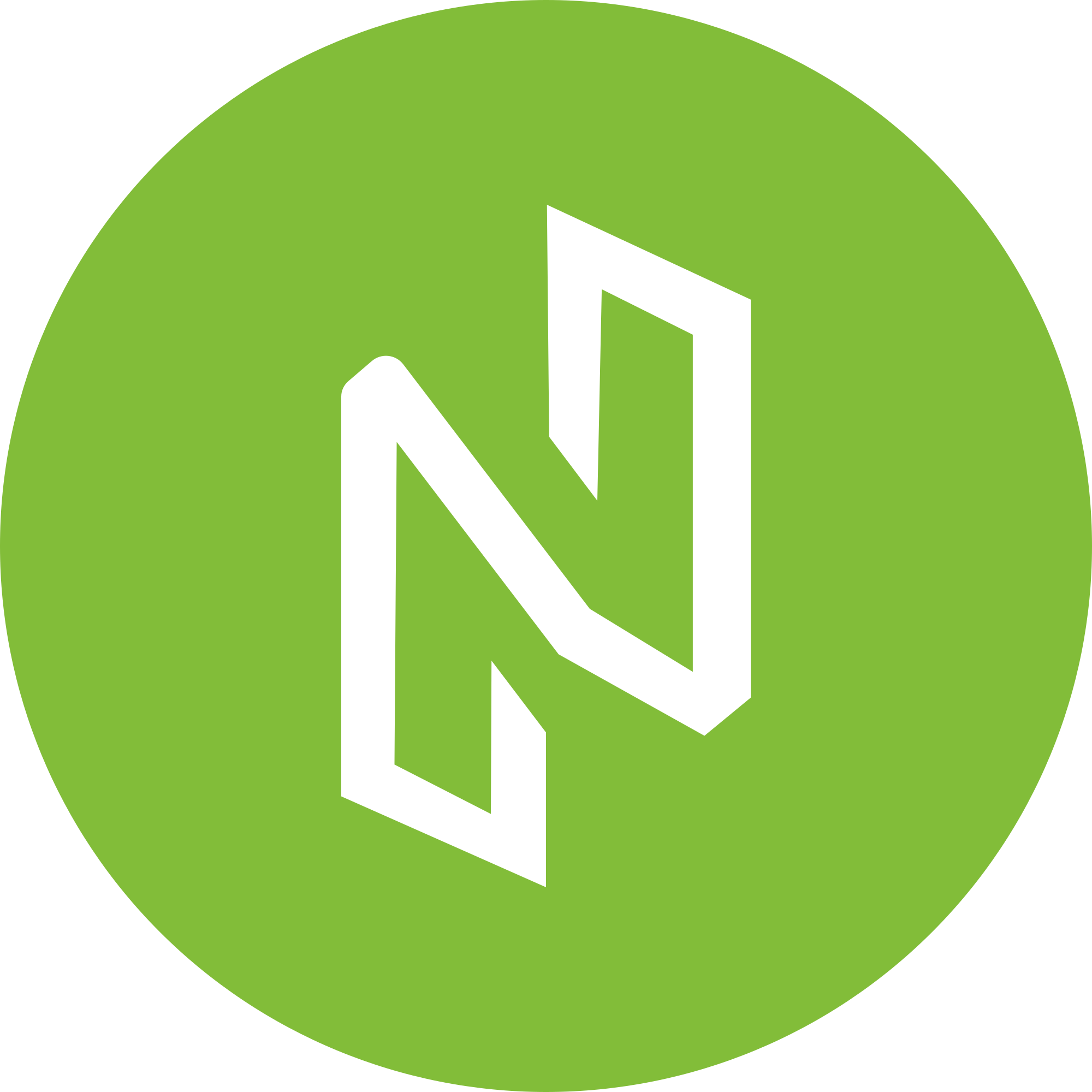


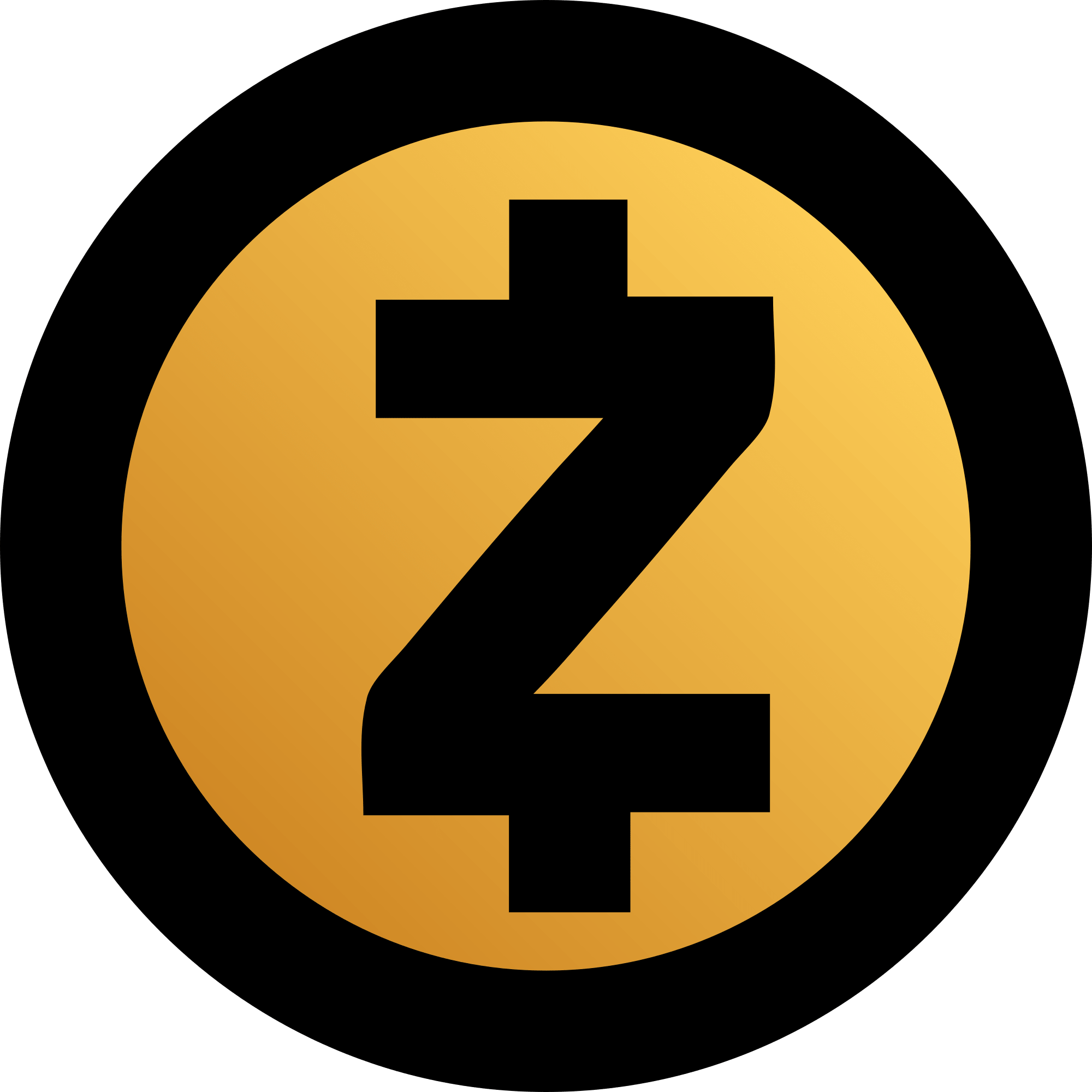



















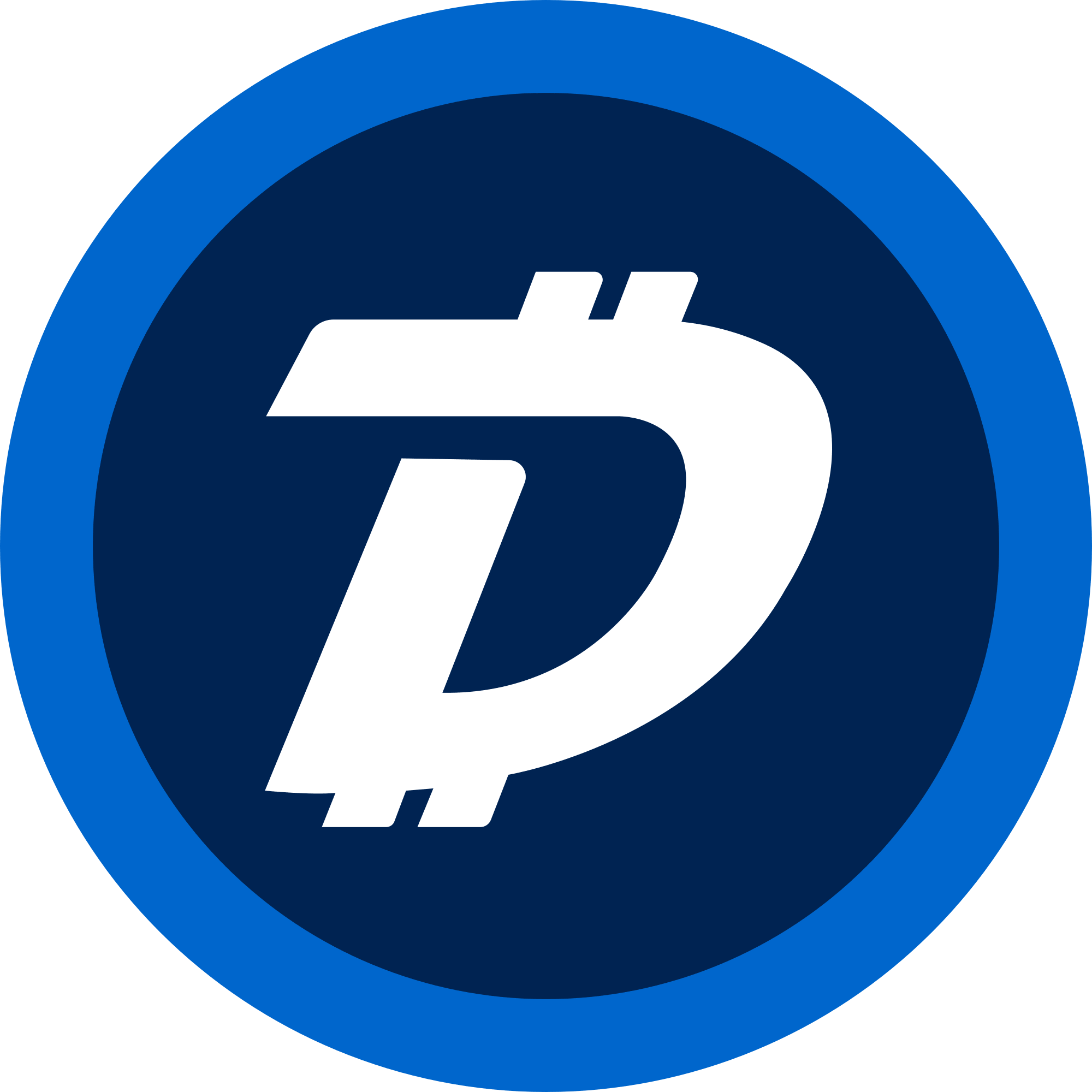
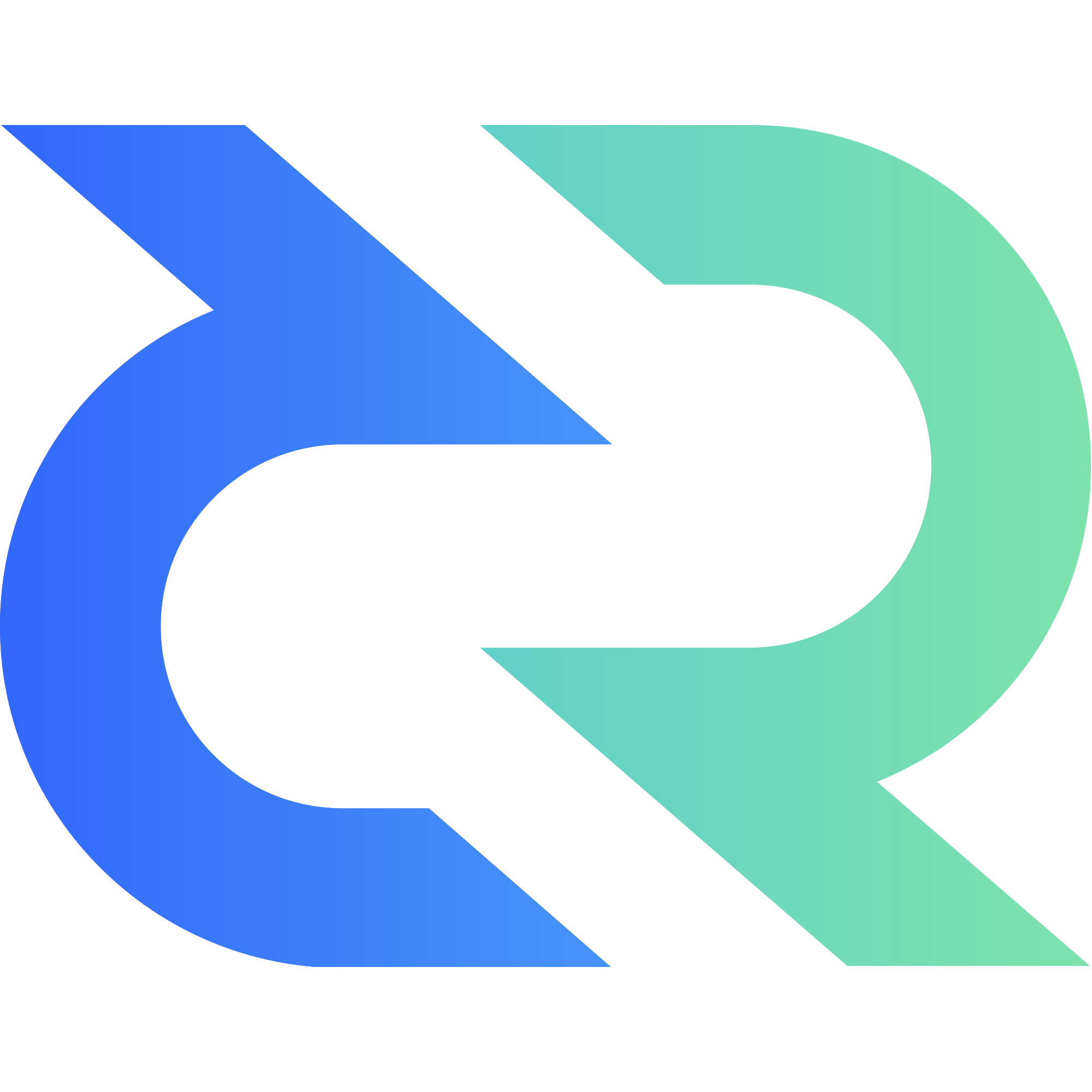






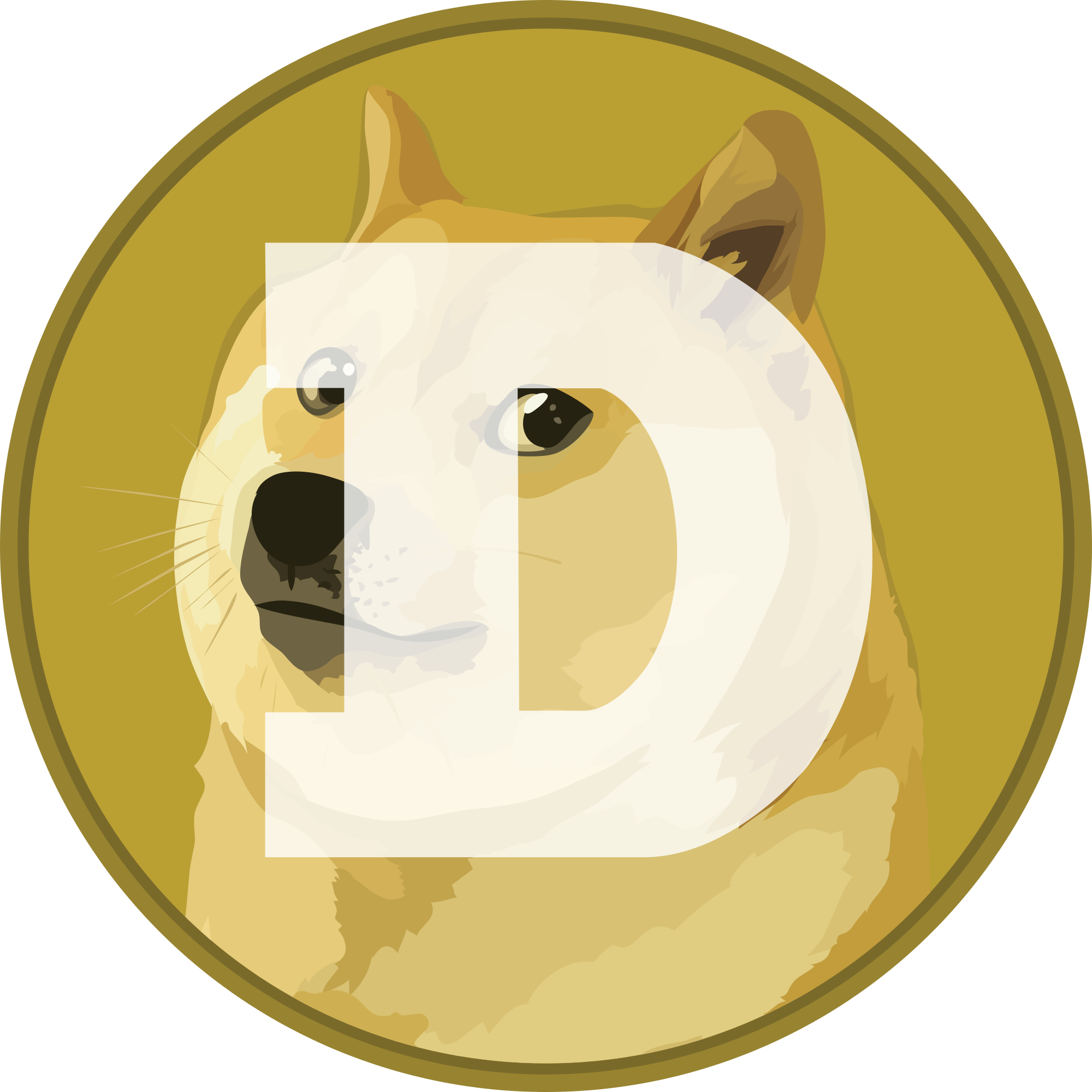

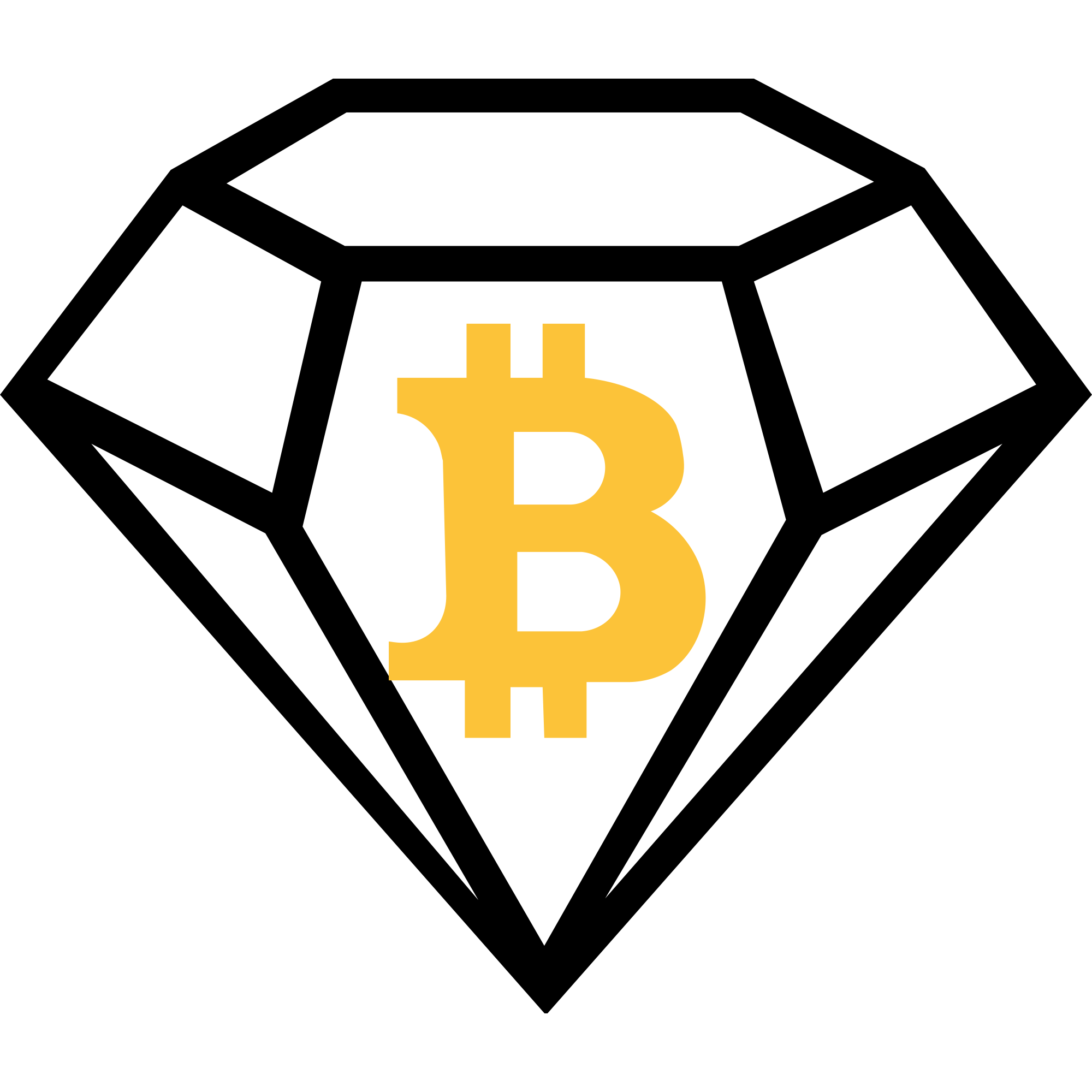











 Using a Cryptocurrency Wallet
Using a Cryptocurrency Wallet  You have several options when it comes to cryptocurrency wallets. Which works best for your needs will depend a lot on your lifestyle and security preferences. Do you want access while you’re on the go or do you feel safer keeping your cryptowallet at home on your desktop? The primary options you have are software, hardware and paper.
You have several options when it comes to cryptocurrency wallets. Which works best for your needs will depend a lot on your lifestyle and security preferences. Do you want access while you’re on the go or do you feel safer keeping your cryptowallet at home on your desktop? The primary options you have are software, hardware and paper. Traditionally, Bitcoin mining can be a major hassle. It entails buying, operating, maintaining and upgrading ASIC miners, which are highly specialized computers built to mine the cryptocurrency. This is a major operational obstacle, and it requires a large amount of wealth, both upfront and recurring, and constant effort to maintain. Thankfully, there’s a better way to enter the booming Bitcoin mining business without the massive capital expenditures and day to day headaches: Our managed mining hosting partners.
Traditionally, Bitcoin mining can be a major hassle. It entails buying, operating, maintaining and upgrading ASIC miners, which are highly specialized computers built to mine the cryptocurrency. This is a major operational obstacle, and it requires a large amount of wealth, both upfront and recurring, and constant effort to maintain. Thankfully, there’s a better way to enter the booming Bitcoin mining business without the massive capital expenditures and day to day headaches: Our managed mining hosting partners.
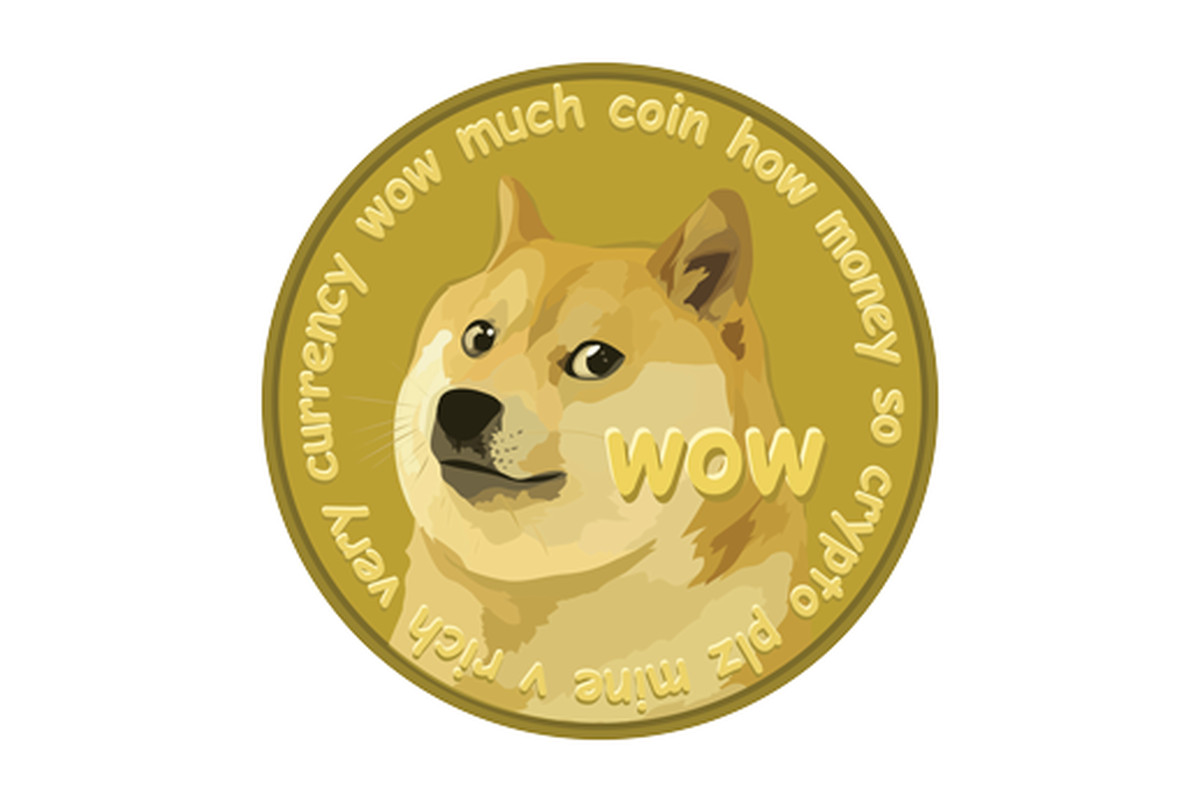
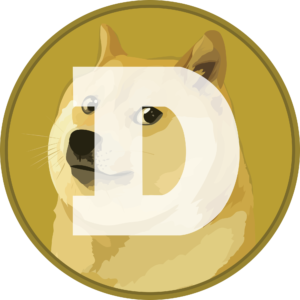 DOGE coin continues to gain traction as an attractive crypto option. To this day, DOGE enjoys a vibrant online community and an enthusiastic fan base. It’s predominantly the crypto of choice for many for contributing to crowdfunding efforts and tipping content creators.
DOGE coin continues to gain traction as an attractive crypto option. To this day, DOGE enjoys a vibrant online community and an enthusiastic fan base. It’s predominantly the crypto of choice for many for contributing to crowdfunding efforts and tipping content creators.